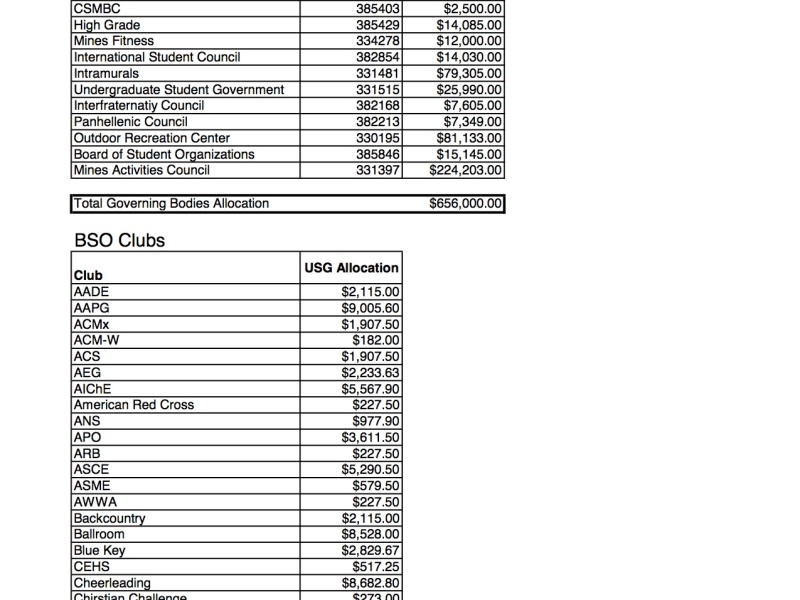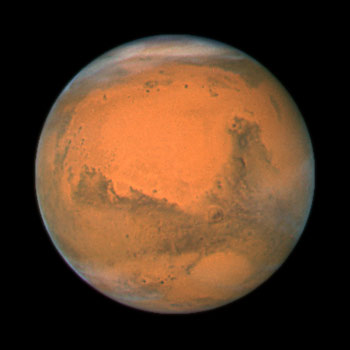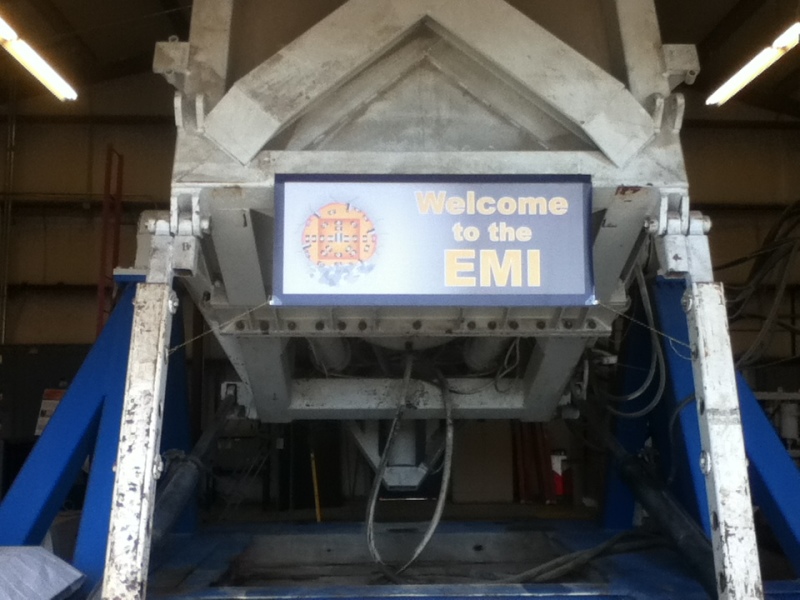Colloidal Dispersions: Where Various Length Scales Become Correlated
On Friday September 5, Colorado School of Mines was honored to hear a lecture on “Colloidal Dispersions: Where Various Length Scales Become Correlated” by Dr. Jared Chun of Pacific Northwest National Laboratory. Dr. Chun received his Ph.D. in Chemical Engineering from Cornell University and is now performing and leading research looking at various aspects of structured fluids: multiphase flows, granular materials, and suspension rheology. He is also performing studies on millimeter wave rheometry and the prediction of magnetic permeability of ferrites.



